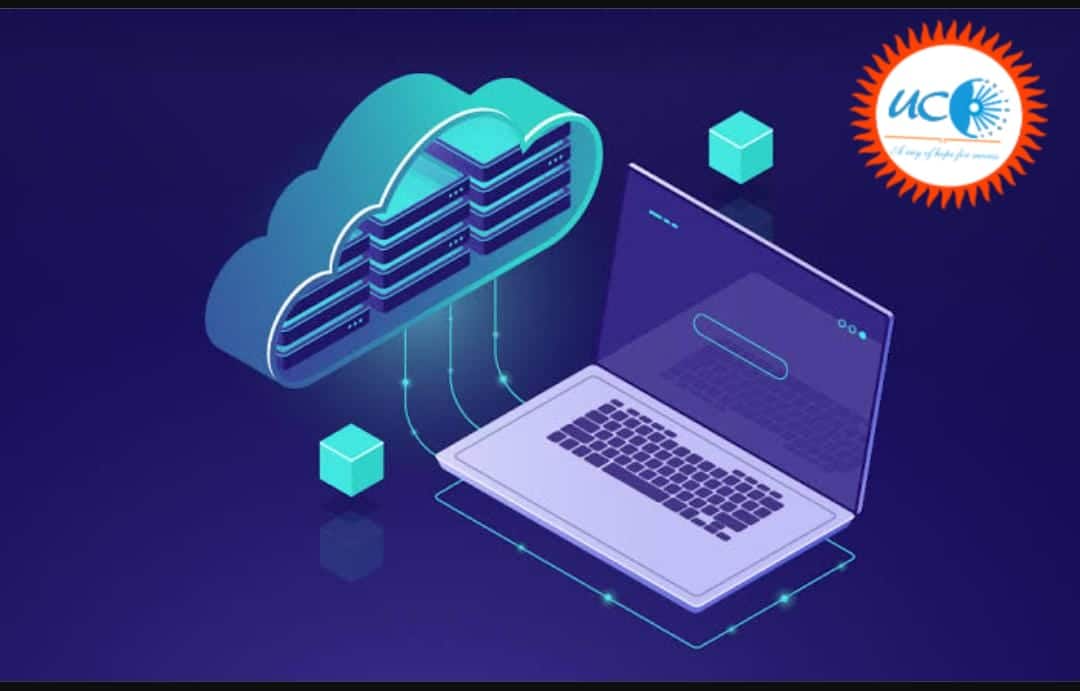What do you understand about cloud computing? Discuss the advantages and disadvantages of cloud computing.
Cloud computing is the distribution of computer services such as servers, storage, databases, networking, software, analytics, and intelligence through the Internet (“the cloud’) to enable quicker innovation, more flexible resource allocation, and cost savings.
Cloud computing is the on-demand provisioning of computer system resources, most notably data storage (cloud storage) and computational power, without the user’s involvement or active administration. Clouds may be private to a single business (private or internal clouds) or public to several companies (public clouds).
Mobile
Advantages of Cloud Computing:
- Seamless Connectivity: Cloud-based software offers companies from all sectors a number of benefits, including the ability to use software from any device either via a native app or a browser. Asa result, users can carry their files and settings over to other devices in a completely seamless manner.
For example: E-Gram Panchayat, DigiLocker.
- Higher Accessibility: Cloud computing is far more than just accessing files on multiple devices. Thanks to cloud computing services, users can check their email on any computer and even store files using services such as Dropbox and Google Drive.
- Improved Disaster Recovery: Cloud computing services also make it possible for users to back up their music, files, and photos, ensuring those files are immediately available in the event of a hard drive crash. For example: Computing power, storage, and bandwidth in the proper time and from the appropriate geographic location.
- Cost-Saving: It also offers big businesses huge cost-saving potential. Before the cloud became a viable alternative, companies were required to purchase, construct, and maintain costly information management technology and infrastructure.
- Increased Collaboration and flexibility: It also lets user’s upgrade software more quickly because software companies can offer their products via the web rather than through more traditional, tangible methods involving discs or flash drives.
For example, Adobe customers can access applications in its Creative Suite through an Internet-based subscription. This allows users to download new versions and fixes to their programs easily.
Disadvantages of Cloud Computing:
- Maintenance costs: While the upfront or capital cost for the cloud-based server is very low compared to traditional hosting, the cloud server requires the same amount to be paid each month to maintain both servers as well as data.
- Internet connectivity: For cloud-based services, consistent internet connection is important because if any one of the deed-booed service providers loses connectivity, then the company will be out of business until that internet connection returns.
- Security has always been a big concern with the cloud especially when it comes to sensitive medical records and financial information.
- While regulations force cloud computing services to shore up their security and compliance measures, it remains an ongoing issue. Encryption protects vital information, but if that encryption key is lost, the data disappears.
- The geographical reach of cloud computing cuts both ways: A blackout in California could paralyze users in New York, and a firm in Texas could lose its data if something causes its Maine-based provider to crash.
Cloud computing is both a combination of software and hardware-based computing resources delivered as a networked service. This model of IT-enabled services enables anytime access to a shared pool of applications and resources. Cloud computing provides the facility to access shared resources and common infrastructure offering services on-demand over networks to perform operations that meet changing business needs.






